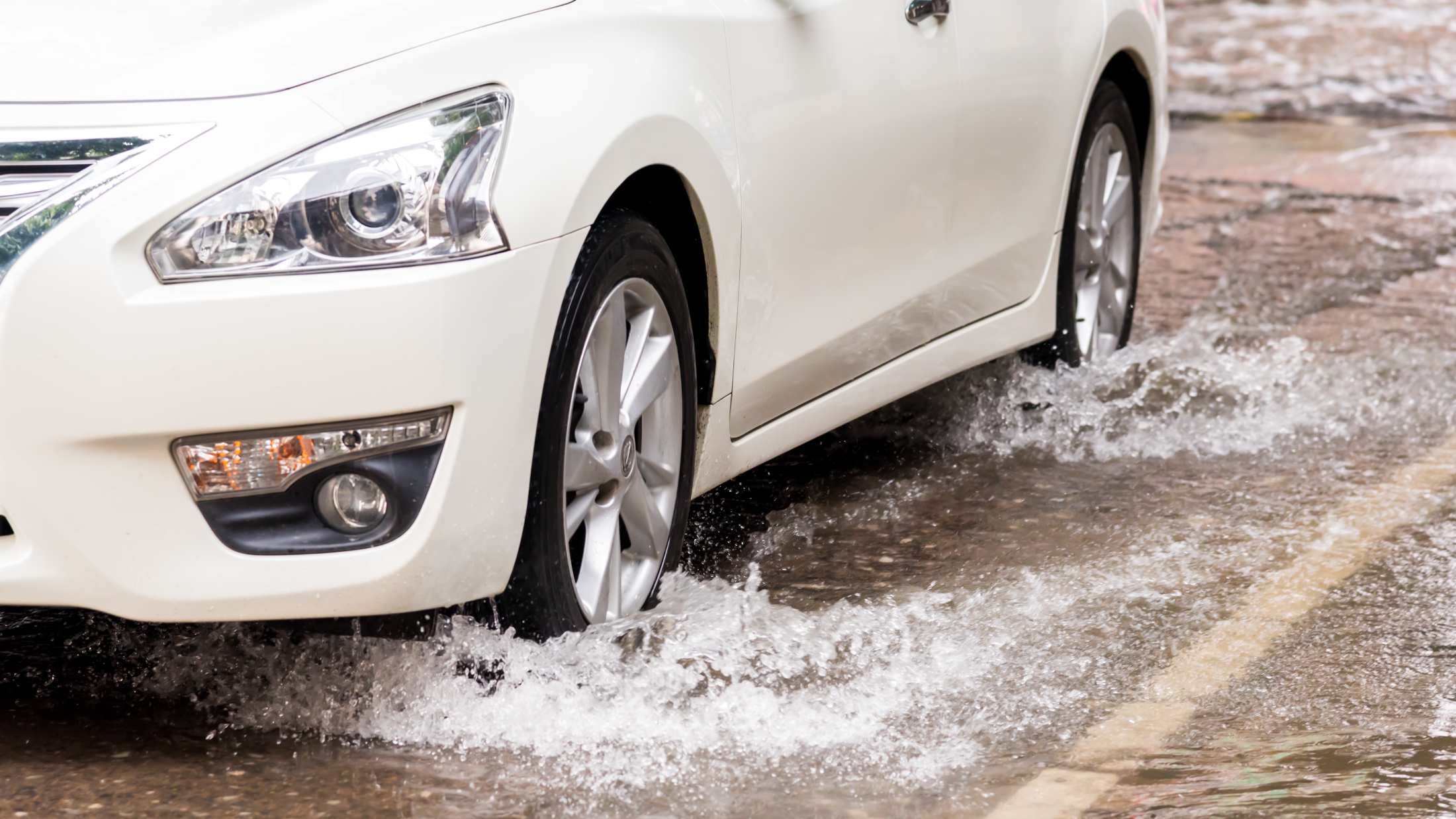Winter driving brings dangerous conditions like snow, ice, and hail - as well as an increased risk of breakdowns.
It’s best to avoid driving in these conditions unless you really have to. But if you really need to navigate these conditions, AXA has put together some simple tips to keep you safe on the road.
Snow
Surprisingly, freshly fallen snow can provide decent levels of grip. This is because the flakes compact under pressure from car tyres. However, as time goes on, this crushed snow starts to become more like ice. And it can hide potholes and other hazards, like high kerbs and fallen debris.
If you need to drive in the snow, make sure you:
- Clear all the snow off your car – particularly your roof, rear window, and bonnet. This loose snow can cause problems for you and other drivers. You could even end up with a fine or points on your licence if you don’t.
- Thoroughly demist all the windows in your car before you set off. While it's tempting, you shouldn't leave your car unattended while it warms up. If you do, you won’t be covered by your car insurance for any damage or theft.
- Reduce your speed while you’re on snow-covered roads. Stopping distances on snow and ice can be increased by up to 10 times, due to the lack of traction. Make sure you allow yourself extra space and time to brake.
- Navigate around obstacles, like parked vehicles, well in advance. This will help you avoid making any sudden movements that could lead to you losing control of your car.
- Pay attention to existing tyre tracks in the snow and follow them whenever you can.
It can also help to start in second gear and keep engine revs as low as possible.
Hail
Hailstorms can be intimidating from behind the wheel. They can arrive quickly, reducing your visibility. Road markings can become hidden within seconds, and braking distances increase as tyres begin to skate over compacted ice balls.
If you can, pull over during a hailstorm and wait for it to pass. They rarely last long.
- Watch out for vulnerable road users like cyclists and bikers. They’ll be affected by the hail too, and may swerve or stop suddenly.
- On motorway journeys, increase the gap between you and the vehicle in front, leaving a gap of at least 5 seconds between you.
- Set your wipers to their highest speed.
- Remember that a sudden whiteout may obscure lane and junction lines. You’re best off concentrating on road signs rather than road markings.
Ice
With its smooth, glassy surface, ice can sometimes be difficult to spot. This makes it a particularly important hazard to be aware of.
Most cars nowadays have traction control systems that regulate the rotation speed of each wheel. These systems can really help you when you’re driving in icy conditions, as they can help to stop tyres from slipping. Accelerate and brake gently while you’re driving. Four-wheel drive will help with traction, but won’t help you to stop or steer.
Make sure you increase your stopping distance on icy roads (ideally by 10 times, leaving a 20 second gap between you and the vehicle in front where possible). Always indicate well ahead of time.
The British weather may be unpredictable, but at least we don’t have to drive in these conditions all year round! No matter the weather, we recommend you keep a box of useful items in your car to help you during emergencies:
- Torch
- Blanket
- Snacks
- Bottled water
- Jump leads
- Warning triangle
- Hi-vis jacket or vest
- De-icer and ice scraper
- Mobile phone and a mobile power pack
Just remember, take your time, drive slowly and only travel if you really have to.












